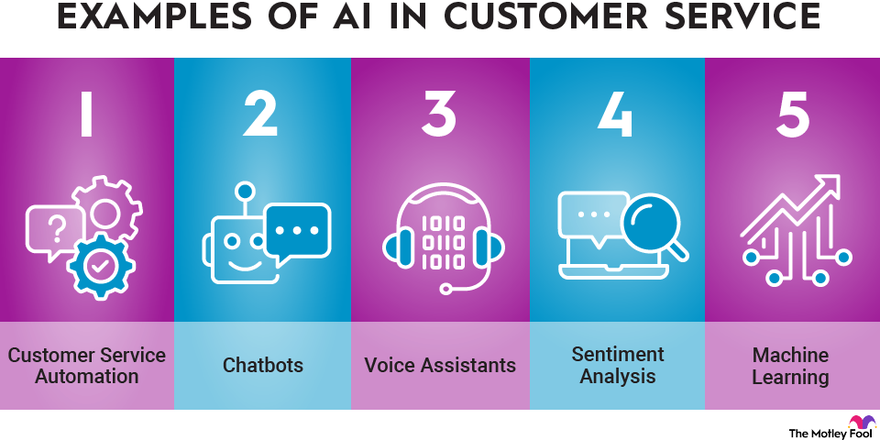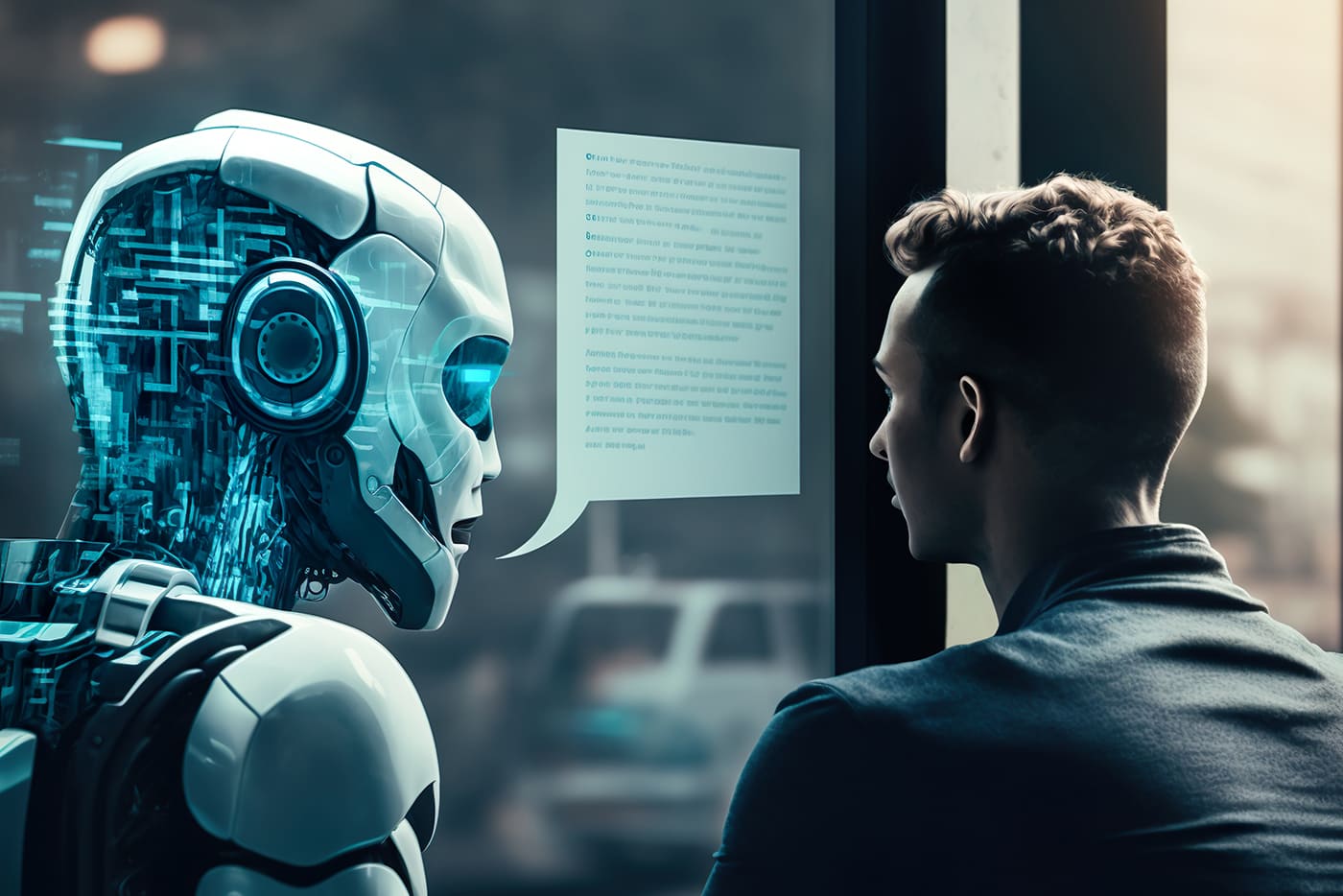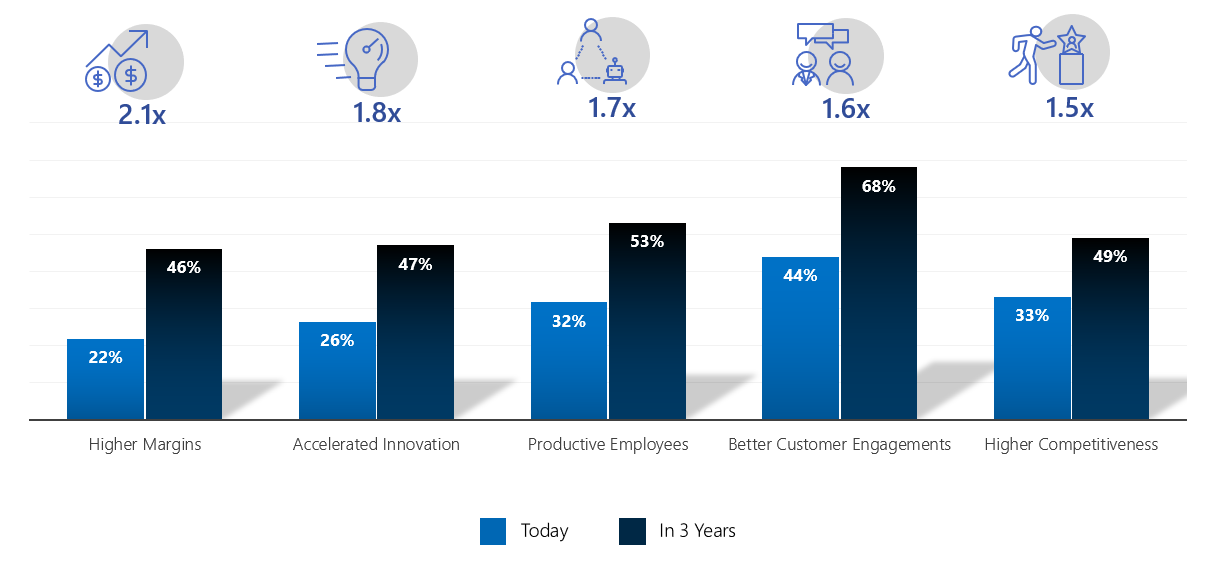Artificial intelligence is beginning to allow many employers to...
The latest breaking updates, delivered straight to your email inbox. Imagine a customer service center that speaks your language, no matter what it is. Alorica, a company in Irvine, California, that runs customer-service centers around the world, has introduced an artificial intelligence translation tool that lets its representatives talk with customers who speak 200 different languages and 75 dialects.

The Power of AI in Customer Service
Such is the power of AI. And, potentially, the threat: Perhaps companies won't need as many employees — and will slash some jobs — if chatbots can handle the workload instead. But the thing is, Alorica isn't cutting jobs. It's still hiring aggressively.

The experience at Alorica — and at other companies, including furniture retailer IKEA — suggests that AI may not prove to be the job killer that many people fear. Instead, the technology might turn out to be more like breakthroughs of the past — the steam engine, electricity, the Internet: That is, eliminate some jobs while creating others. And probably making workers more productive in general, to the eventual benefit of themselves, their employers and the economy.
The Evolution of Artificial Intelligence
Nick Bunker, an economist at the Indeed Hiring Lab, said he thinks AI "will affect many, many jobs — maybe every job indirectly to some extent. But I don't think it's going to lead to, say, mass unemployment. We have seen other big technological events in our history, and those didn't lead to a large rise in unemployment. Technology destroys but also creates. There will be new jobs that come about."
At its core, artificial intelligence empowers machines to perform tasks previously thought to require human intelligence. The technology has existed in early versions for decades, having emerged with a problem-solving computer program, the Logic Theorist, built in the 1950s at what's now Carnegie Mellon University. More recently, think of voice assistants like Siri and Alexa. Or IBM's chess-playing computer, Deep Blue, which managed to beat the world champion Garry Kasparov in 1997.
AI really burst into public consciousness in 2022, when OpenAI introduced ChatGPT, the generative AI tool that can conduct conversations, write computer code, compose music, craft essays and supply endless streams of information.

A Positive Outlook on AI Impact
The White House Council of Economic Advisers said last month that it found "little evidence that AI will negatively impact overall employment." The advisers noted that history shows technology typically makes companies more productive, speeding economic growth and creating new types of jobs in unexpected ways.
Consider Suumit Shah, an Indian entrepreneur who caused an uproar last year by boasting that he had replaced 90% of his customer support staff with a chatbot named Lina. The move at Shah's company, Dukaan, which helps customers set up e-commerce sites, shrank the response time to an inquiry from 1 minute, 44 seconds to "instant." It also cut the typical time needed to resolve problems from more than two hours to just over three minutes.
The Role of AI in Job Evolution
Similarly, researchers at Harvard Business School, the German Institute for Economic Research and London's Imperial College Business School found in a study last year that job postings for writers, coders, and artists tumbled within eight months of the arrival of ChatGPT. But being exposed to AI doesn't necessarily mean losing your job to it.
AI can also do the drudge work, freeing up people to do more creative tasks. The Swedish furniture retailer IKEA, for example, introduced a customer-service chatbot in 2021 to handle simple inquiries. Instead of cutting jobs, IKEA retrained 8,500 customer-service workers to handle such tasks as advising customers on interior design and fielding complicated customer calls.
Productivity Gains with AI
Chatbots can also be deployed to make workers more efficient, complementing their work rather than eliminating it. A study by Erik Brynjolfsson of Stanford University and Danielle Li and Lindsey Raymond of MIT tracked 5,200 customer-support agents at a Fortune 500 company who used a generative AI-based assistant. The AI tool provided valuable suggestions for handling customers. It also supplied links to relevant internal documents.
Those who used the chatbot, the study found, proved 14% more productive than colleagues who didn't. They handled more calls and completed them faster. The biggest productivity gains — 34% — came from the least experienced, least skilled workers.
Real-world Applications of AI
At an Alorica call center in Albuquerque, New Mexico, one customer-service rep had been struggling to gain access to the information she needed to quickly handle calls. After Alorica trained her to use AI tools, her "handle time" — how long it takes to resolve customer calls — fell in four months by an average of 14 minutes a call to just over seven minutes.

Over a period of six months, the AI tools helped one group of 850 Alorica reps reduce their average handle time to six minutes, from just over eight minutes. They can now field 10 calls an hour instead of eight — an additional 16 calls in an eight-hour day.
Alorica agents can use AI tools to quickly access information about the customers who call in — to check their order history, say, or determine whether they had called earlier and hung up in frustration.
Suppose, said Mike Clifton, Alorica's co-CEO, a customer complains that she received the wrong product. The agent can "hit replace, and the product will be there tomorrow," he said. " 'Anything else I can help you with? No?' Click. Done. Thirty seconds in and out."
Now the company is beginning to use its Real-time Voice Language Translation tool, which lets customers and Alorica agents speak and hear each other in their own languages.
"It allows (Alorica reps) to handle every call they get," said Rene Paiz, a vice president of customer service. "I don't have to hire externally" just to find someone who speaks a specific language. Yet Alorica isn't cutting jobs. It continues to seek hires — increasingly, those who are comfortable with new technology.




















